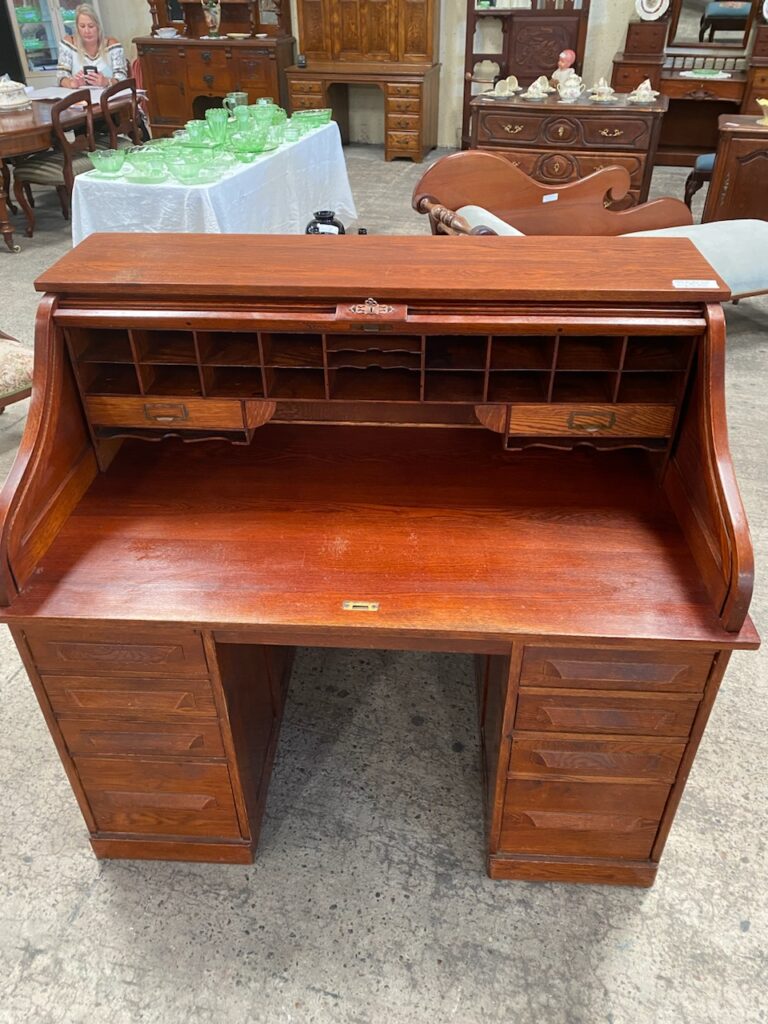We are starting to see a number of young people buying antiques and vintage furniture due to the cost of living crisis. It appears that expensive painted “cardboard” furniture that grows when it gets wet and gets thrown away is no longer affordable. Also, the fact that it is often flat-packed and needs to be assembled in the spot where you want it and if you move it, it may break or bedamaged.
Some removalists won’t move it when it is fully assembled and may ask you to disassemble it. So now, with high interest rates, the rental crisis and inflation, old solid timber furniture that will last you a whole lifetime and is a lot cheaper than “cardboard” furniture has become very popular.
This older furniture was made before the world became disposable–it won’t grow when it gets wet and can be moved multiple times without falling apart. The truth is, it will outlive you, making you just a custodian of the item.
The Rise of Antiques and Vintage Furniture Among Young Buyers

I buy a lot of old furniture that people have had for many decades and are sad to sell, as they are downsizing to retirement villages or units. I bought a house full of 1930s Art Deco furniture recently which had been in the family for two generations. I cleaned it all up with a polish rejuvenator, touched up a few marks, cleaned all the glass and mirrors and put it out for sale from $290 to $400 a piece and it all sold very quickly.
I had a very excited young fellow who bought a very large Edwardian solid white cedar gentleman’s chest off me for $550. He showed me online that the flat pack equivalent was $1650! With antiques being so cheap at the moment, when this man is 25 years older and goes to sell it, he will get his money back or make a profit.
So next time you go to buy a piece of furniture, consider buying second-hand or antique as it may save you a heap of money.
Read more stories from The Caboolture Guide print magazine here:
- Caboolture Connect: Updates from the Community
- What’s Hot Around Town
- Miniature Horses BIG on Cuteness
- It Makes Cents to Raise Funds
- DagFest – the Aussiest Musical Festival Ever!
- From Cotton to Sugar: The Evolution of George Raff’s Morayfield Plantation
- Fun and Games at Heritage Day
- On the Bite
- Meet Costa at Eco Fest
- Jumping Into a Playground of Nature
- Such Is Life for An Artist
- Celebrating 70 Years of Serving the Community
- Morayfield to Benefit From $7 Million Road Upgrade
- It’s All In the Bag
